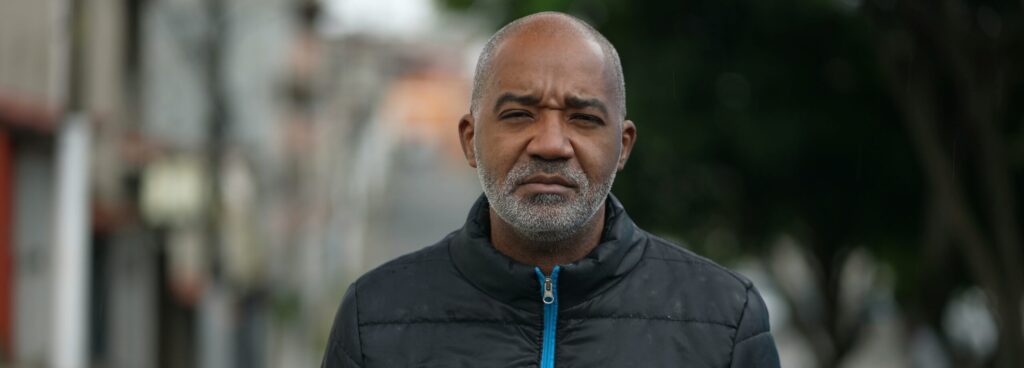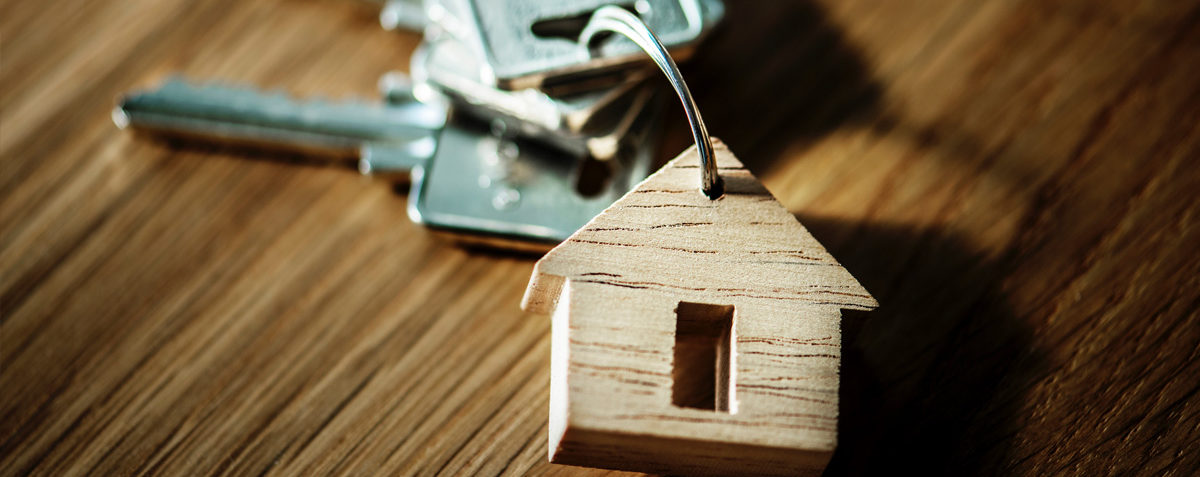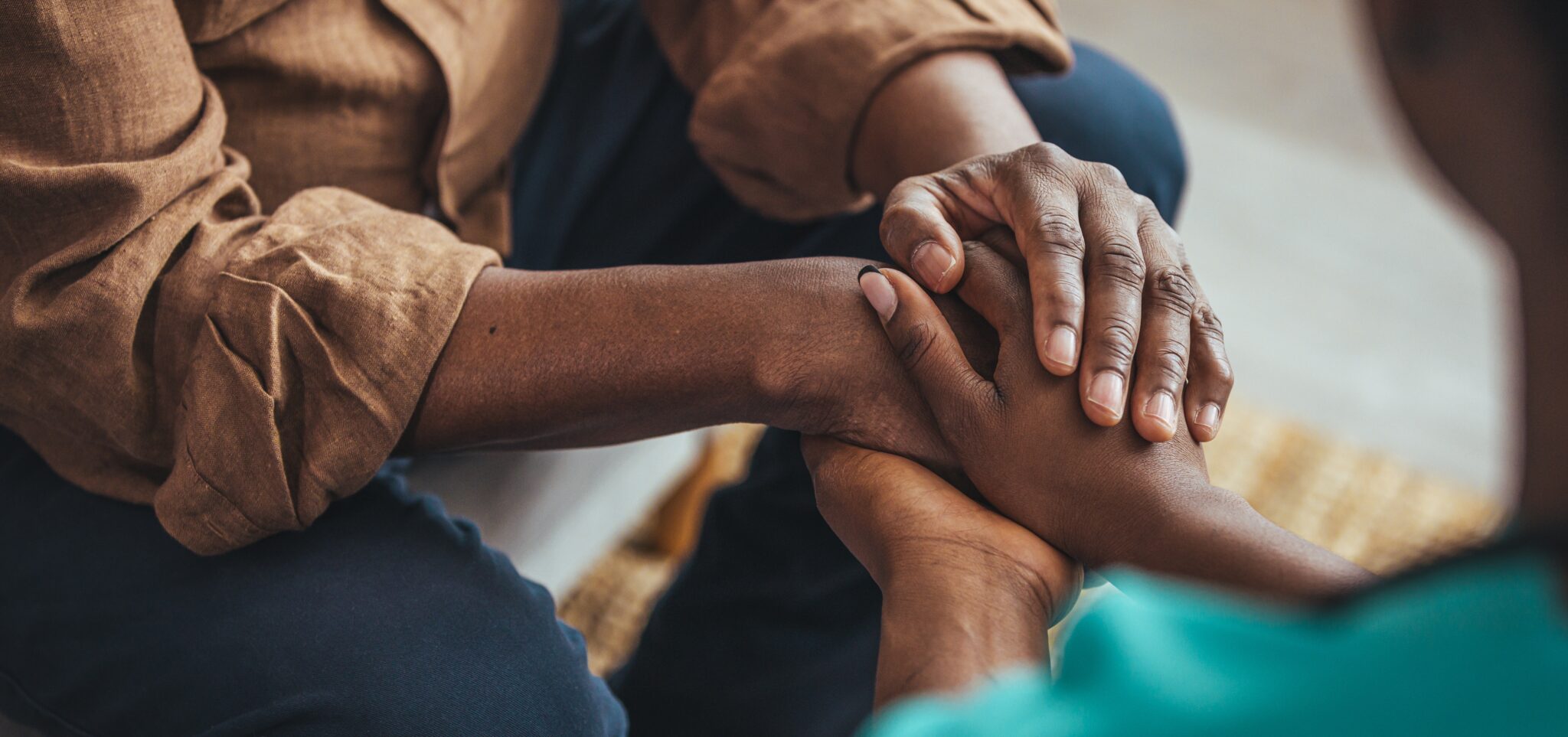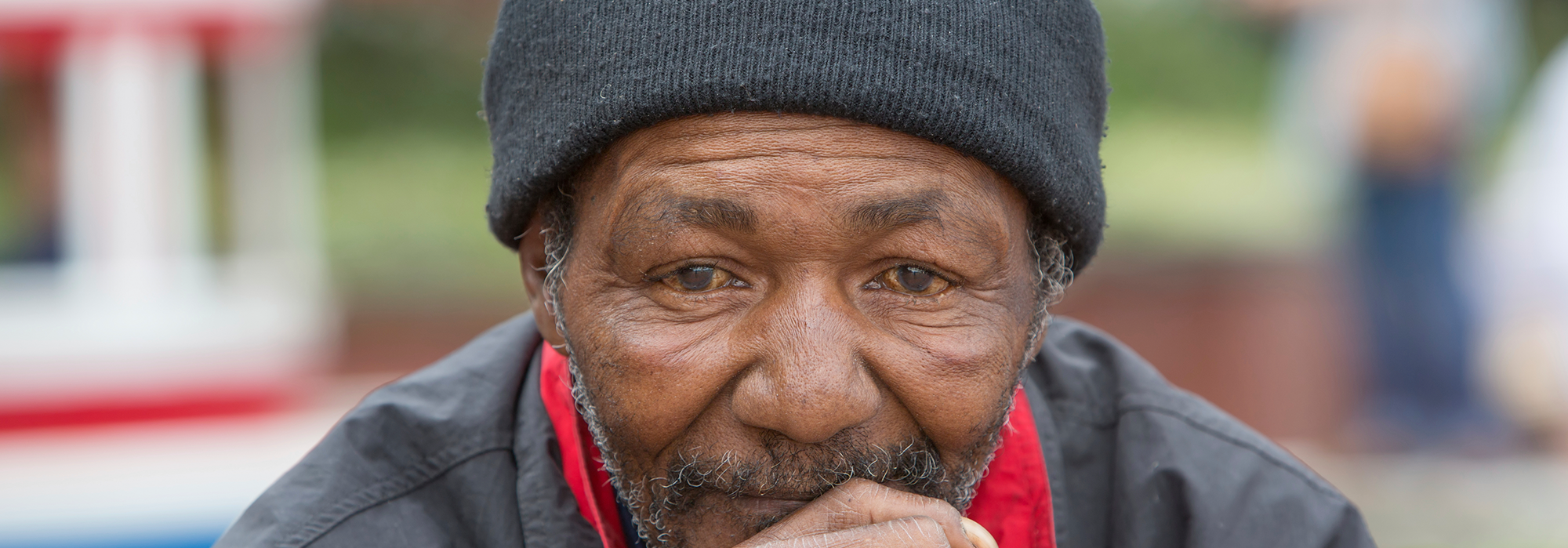Every May, the Administration for Community Living-ACL (part of the U.S. Department of Health and Human Services) leads the nation’s observance of Older Americans Month. This year’s theme is Powered by Connection, which highlights the importance meaningful relationships and social connections have on our health and overall well-being.
As we think about the health and well-being of our aging population, it is important to look closer at the numbers that illustrate this population’s vulnerabilities.
At a Glance
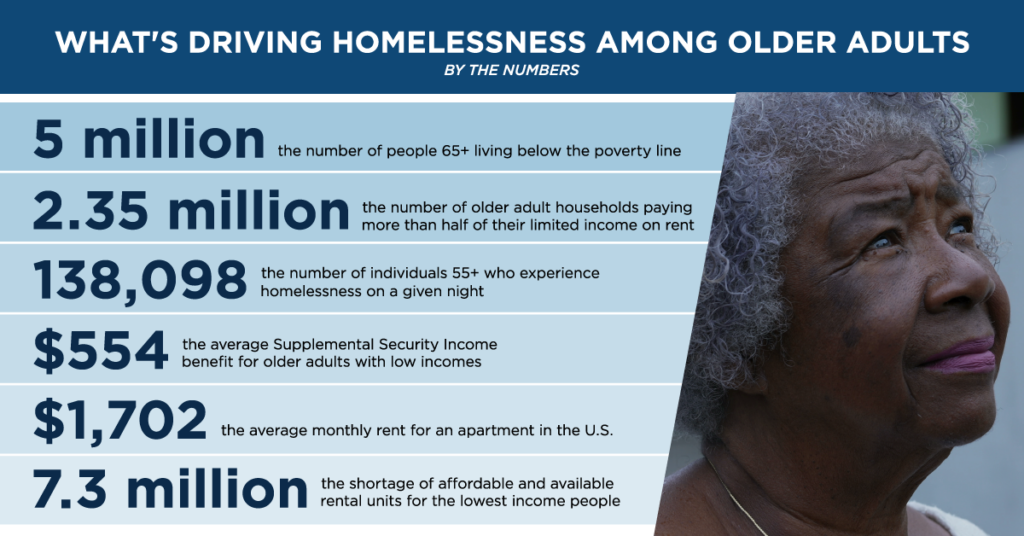
55.8 million
The number of Americans aged 65 or older in 2020. One-fourth of these older Americans live in one of three states: California, Florida, and Texas. In 2020, states with the top three highest proportion of older adults were Maine (21.8%), Florida (21.3%), and West Virginia (20.9%).
5 million
The number of people aged 65 and older living below the poverty level. (In 2020, the poverty level for a household of one was $12, 760). Additionally, at least 2.6 million older adults were classified as “near poor,” meaning their incomes were between the poverty level and 125 percent more than poverty level. Older women had a higher poverty rate when compared to older men (10.1% vs. 7.6%), and older individuals of racial and ethnic groups had higher rates of poverty: 17.2% Black Americans, 11.5% Asian Americans and 16.6% Hispanic ethnicity regardless of race. Finally, older individuals who lived alone had higher rates of poverty (15.7%) than those living with other family members (5.6%).
138,098
The number of individuals aged 55 or older who were experiencing homelessness on a given night in 2023, which is twenty percent of the overall homelessness population count. Nearly 1 in 4 of the older adults were experiencing unsheltered homelessness (living in places not meant for human habitation). The percentage of single adults aged 50 or older experiencing homelessness has climbed steadily, from 11 percent in the early 1990s to approximately 37 percent in 2003. That percentage has grown to almost 50 percent in the 2020s.
If this does not create alarm, it should. People aged 50 or older are the fastest-growing group of people experiencing homelessness in America and their numbers are estimated to triple by 2030!
To add further context to this ever-developing portrait, the tables below highlights the connection between poverty and homelessness.
States with the Highest Proportion of Older Adults
| Percent Homeless Older Adults, 2023 | Poverty Rate, 2020 | |
| Maine | 14% | 11.1% |
| Florida | 27% | 13.3% |
| West Virginia | 14% | 17.1% |
States with the Highest Percentage of Older Adult Homelessness
| Percent Homeless Older Adults, 2023 | Poverty Rate, 2020 | |
| U.S. Virgin Islands | 53% | 22.4% |
| Nevada | 32% | 12.8% |
| South Carolina | 29% | 14.7% |
National Data
| Percent Homeless Older Adults, 2023 | Poverty Rate, 2020 | |
| United States | 21% | 13.1% |
Factors contributing to this alarming rise in homelessness among older adults include the meager monthly benefits, rising housing costs as well as deep shortages of affordable across the nation.
~$553-$943
The average monthly Supplemental Security Income (SSI) benefit for older adults, although some states provide supplements. SSI plays a critical role in helping meet the basic needs of more than 8 million people who are either over age 65 or disabled and have low-incomes and few assets.
$105
The average monthly Supplemental Nutrition Assistance Program (SNAP—food stamps) benefit. (Note: benefit amounts can vary by state). According to Feeding America, one in fifteen older adults are food insecure.
$1702
The average rent for an apartment in the U.S., which varies depending on several factors including location, size, and quality.
7.3 million
The shortage of units that are affordable and available to renters with extremely low incomes.
2.35 million
The number of older adult households with “worst case housing needs”, according to HUD, meaning that they are spending more than half of their limited income on housing. These households are often on the brink of homelessness.
What It All Means
When economic instability increases, so does the risk of homelessness. When very low-income older adults are also faced with rising costs of basic needs, such as housing, healthcare, and food, they tend to be more vulnerable to losing their housing. This is especially true since the current Supplemental Security Income program imposes asset limits on disabled and elderly Americans ($2,000 for an individual and $3,000 for a couple,) which means they are unable to save for unexpected expenses, let alone to help meet their basic needs.
These numbers currently paint a bleak picture, but there is hope; we can paint a different picture! As we reflect on Older Americans Month, it is crucial for policymakers to address the unique needs of older Americans by sufficiently funding programs and services provided by the professionals and family caregivers who serve them. As former Vice President Huber Humphrey shared during a 1977 speech:
…the moral test of government is how that government treats those who are in the dawn of life, the children; those who are in the twilight of life, the elderly; those who are in the shadows of life; the sick, the needy and the handicapped.”
Stay Updated: Solutions, Stories, and Ways to Make an Impact
Sign up to receive updates on the Alliance’s work, including the latest research, advocacy efforts, and real stories of progress — plus ways you can help drive lasting change.











